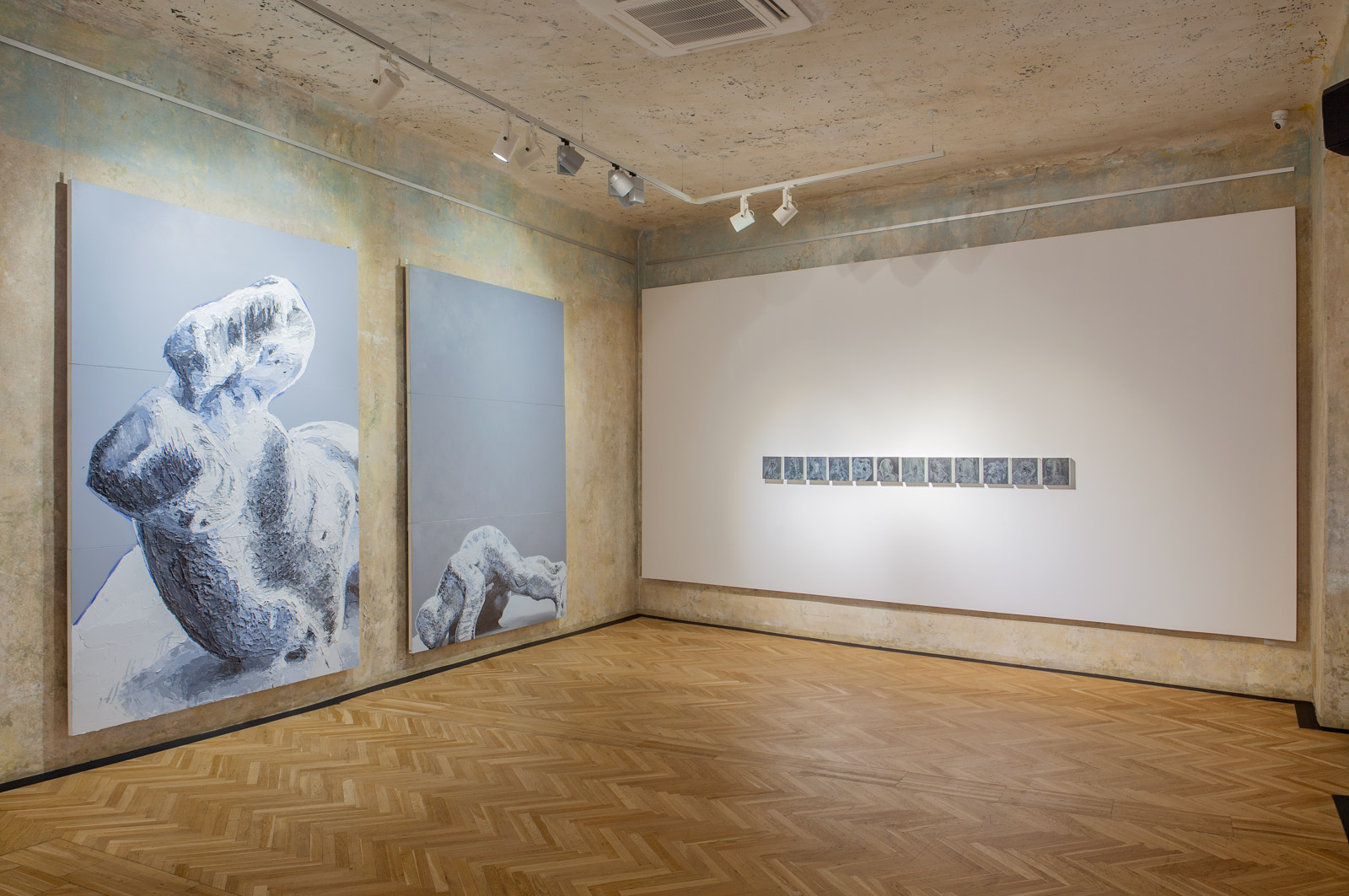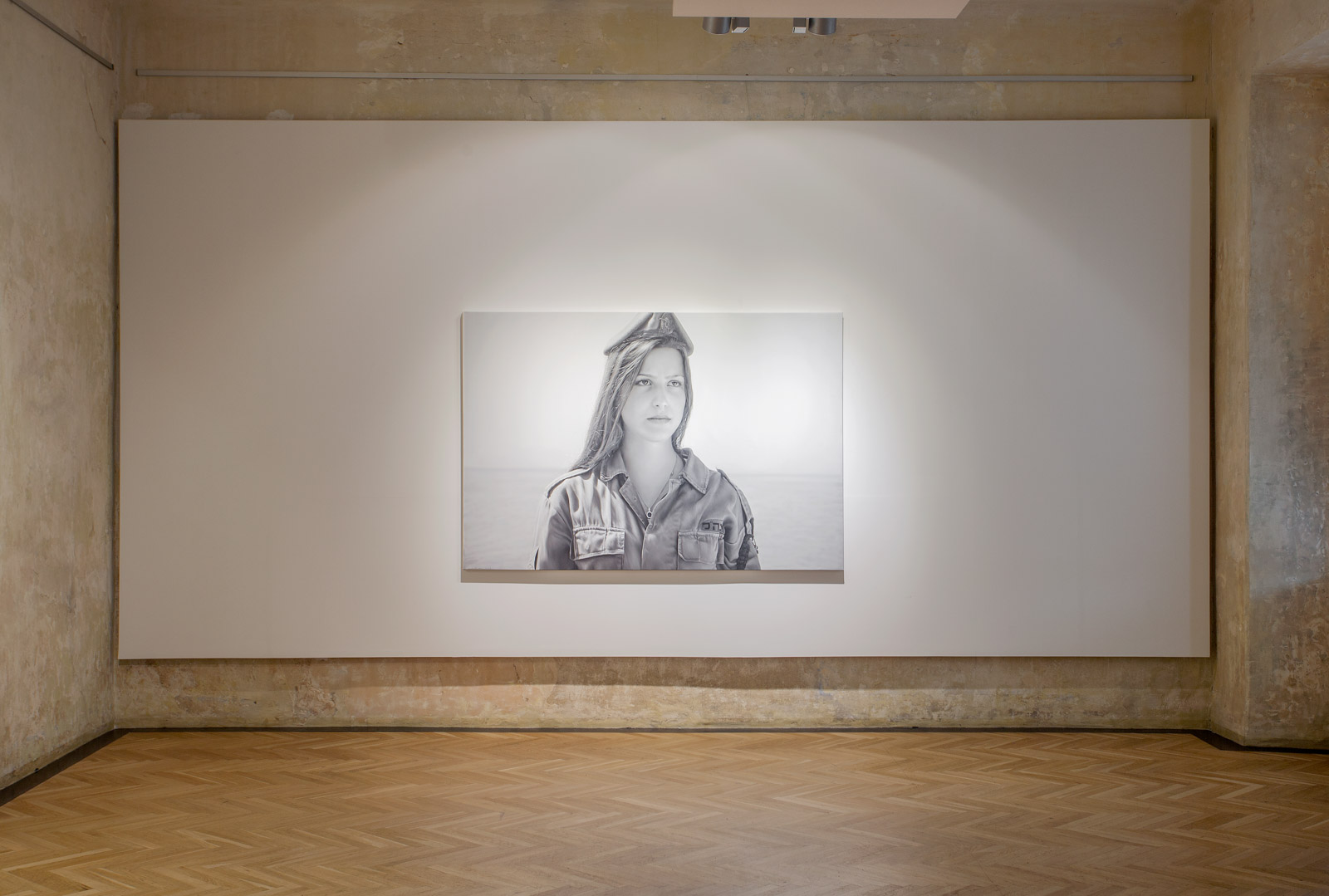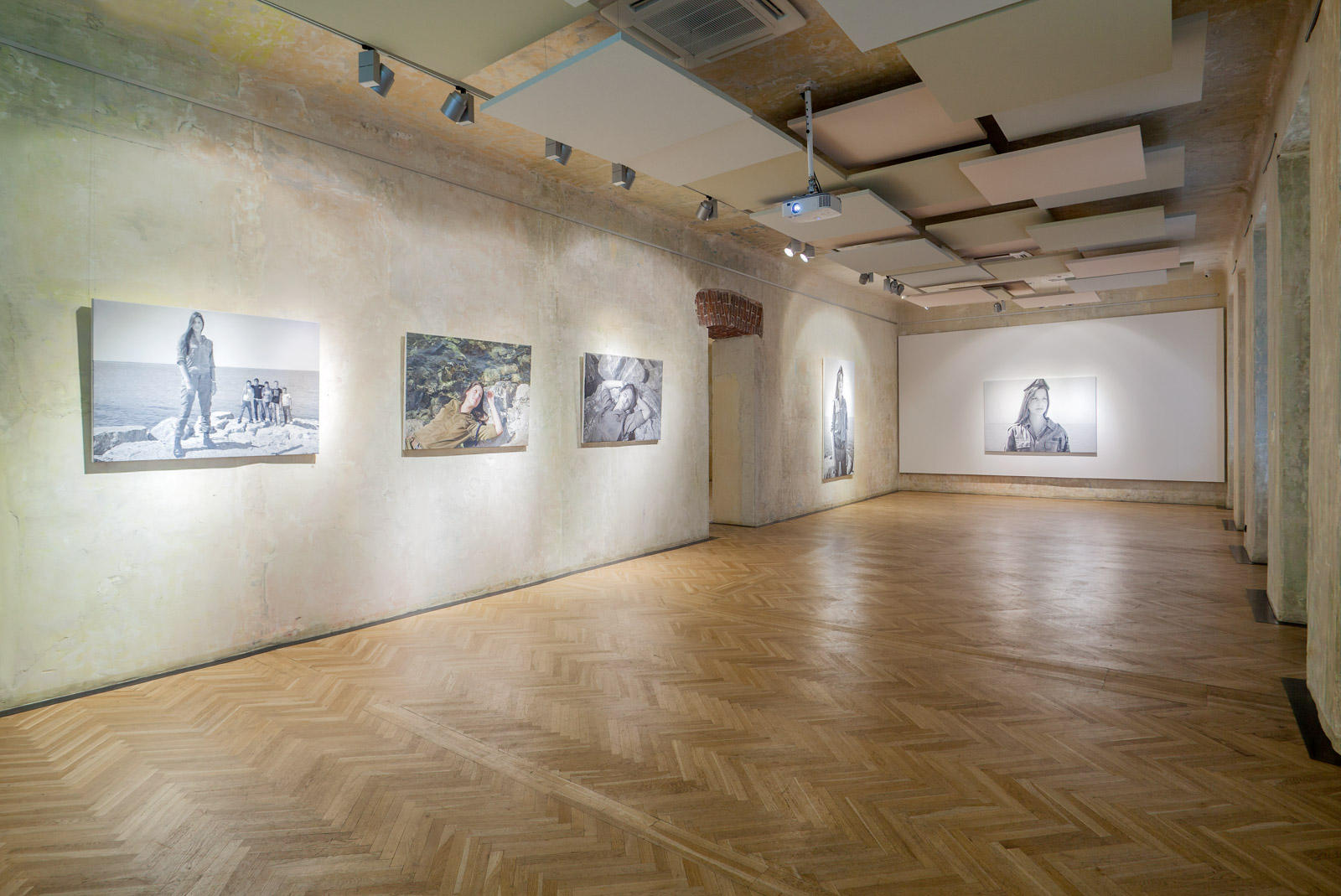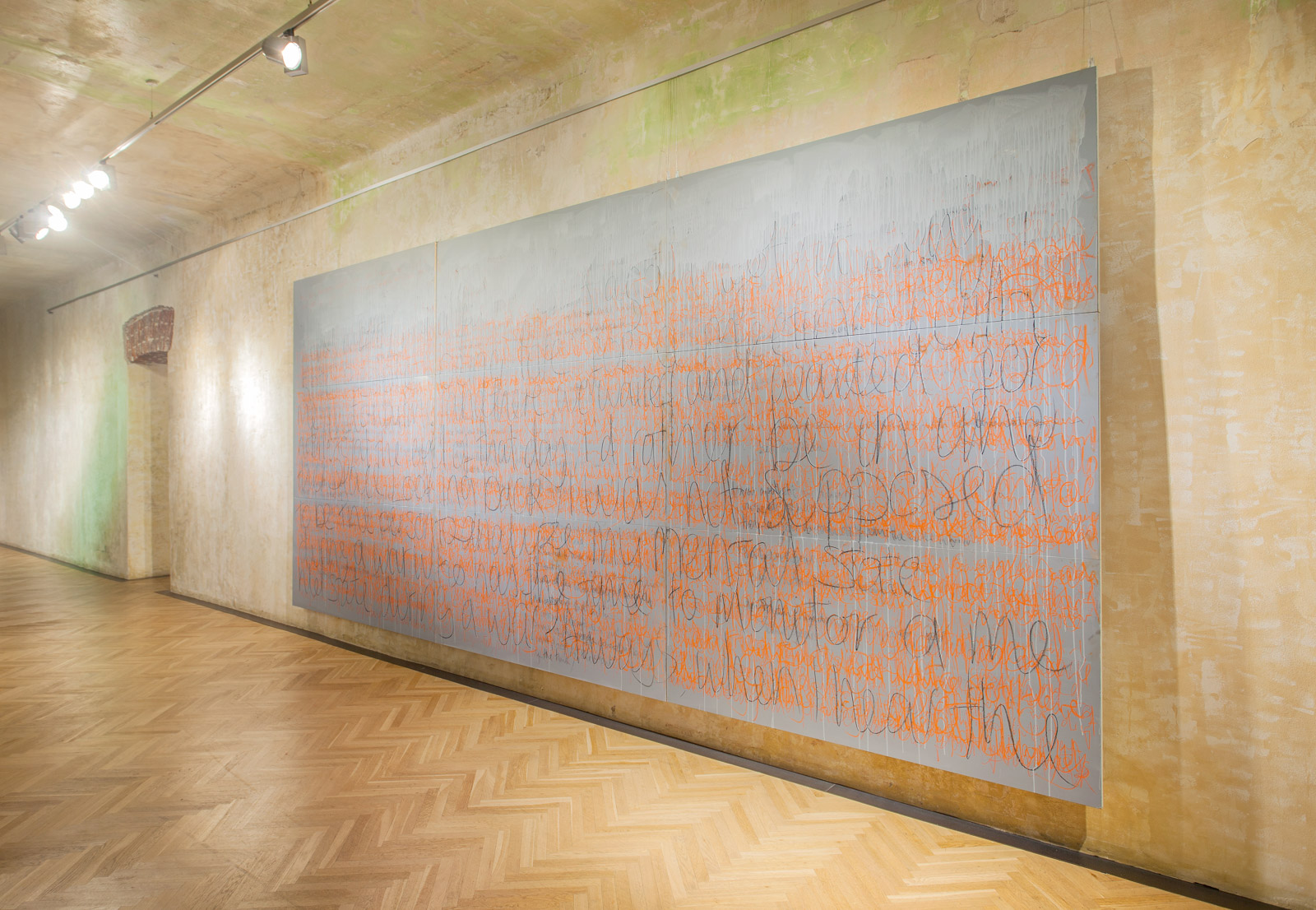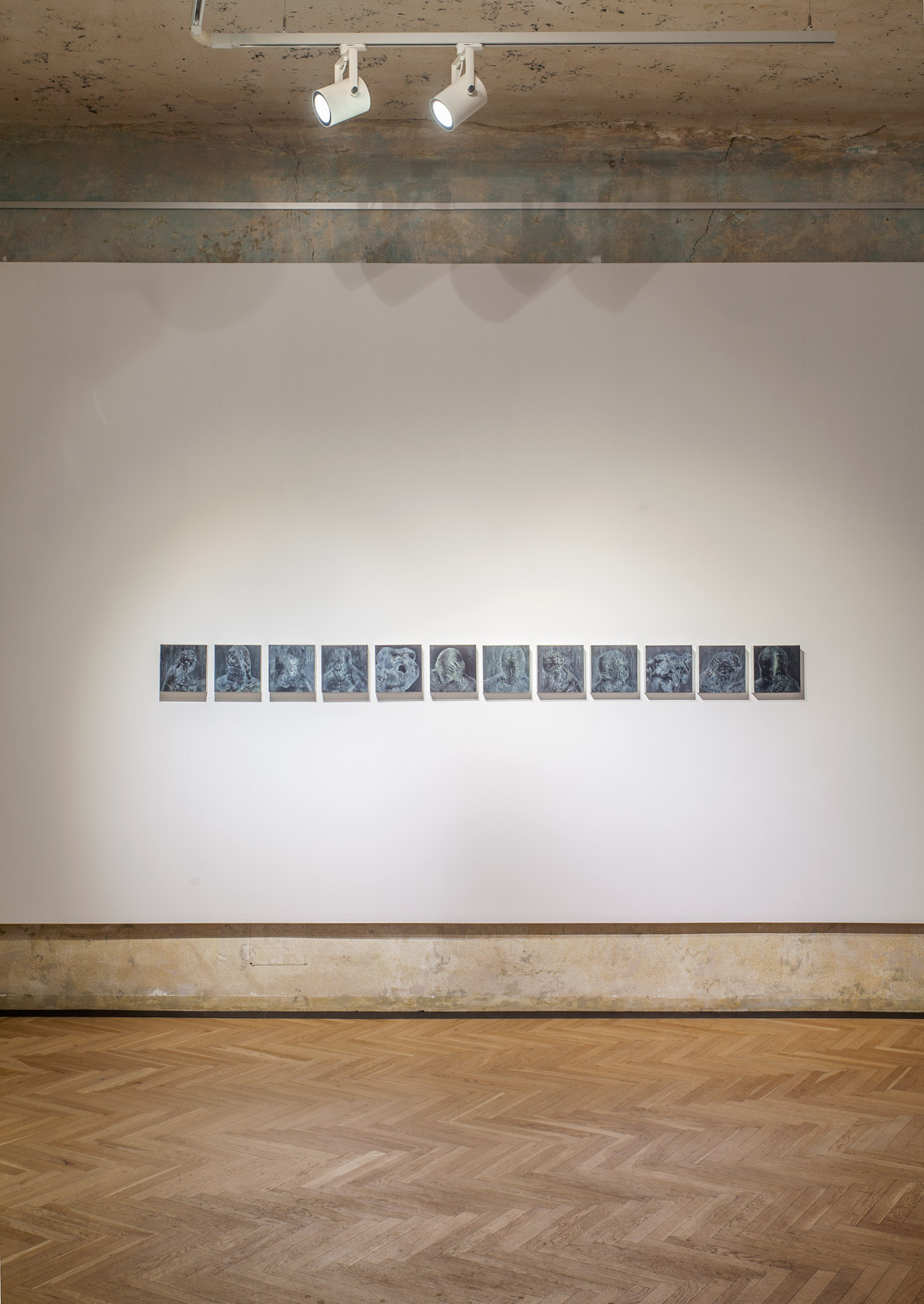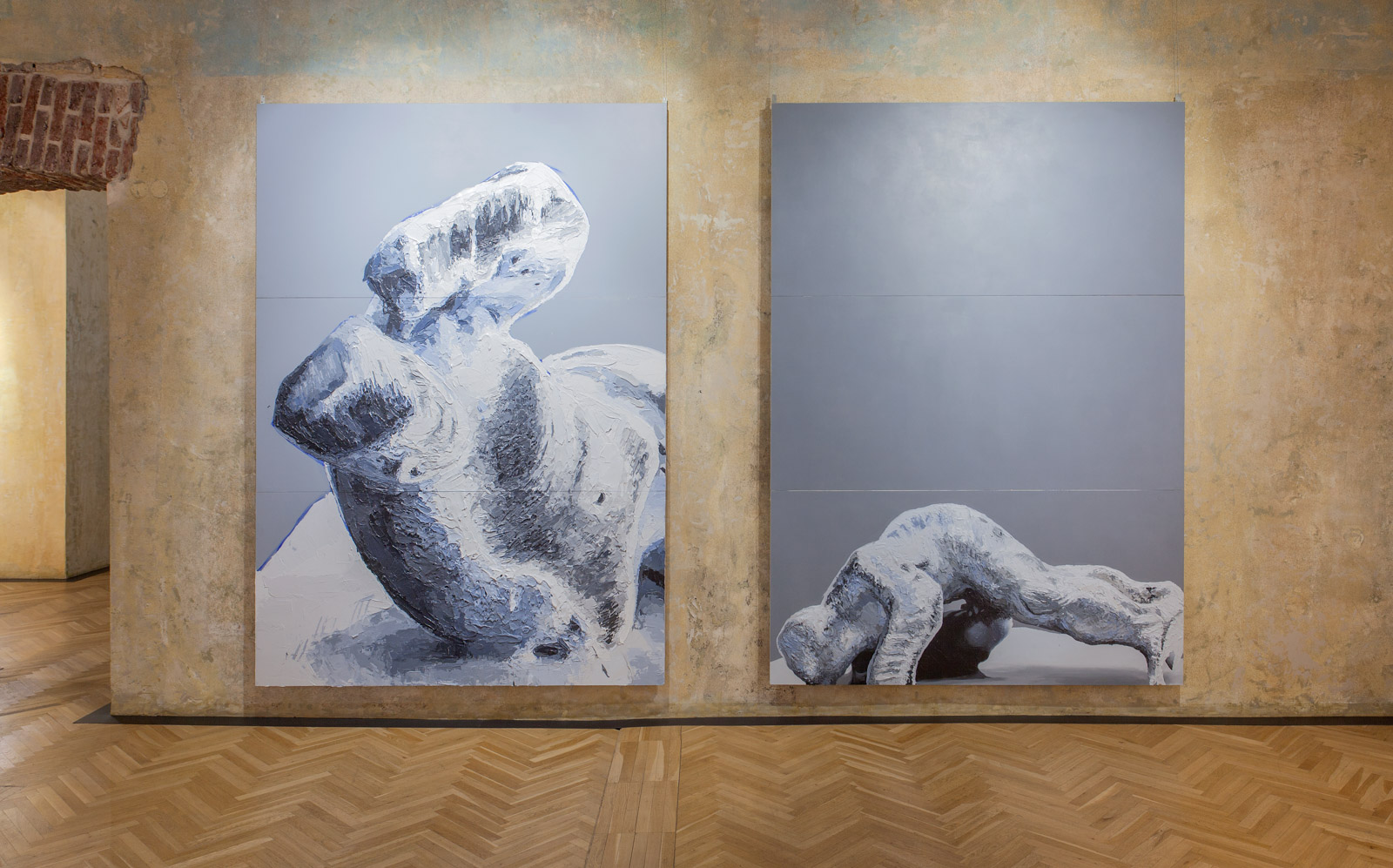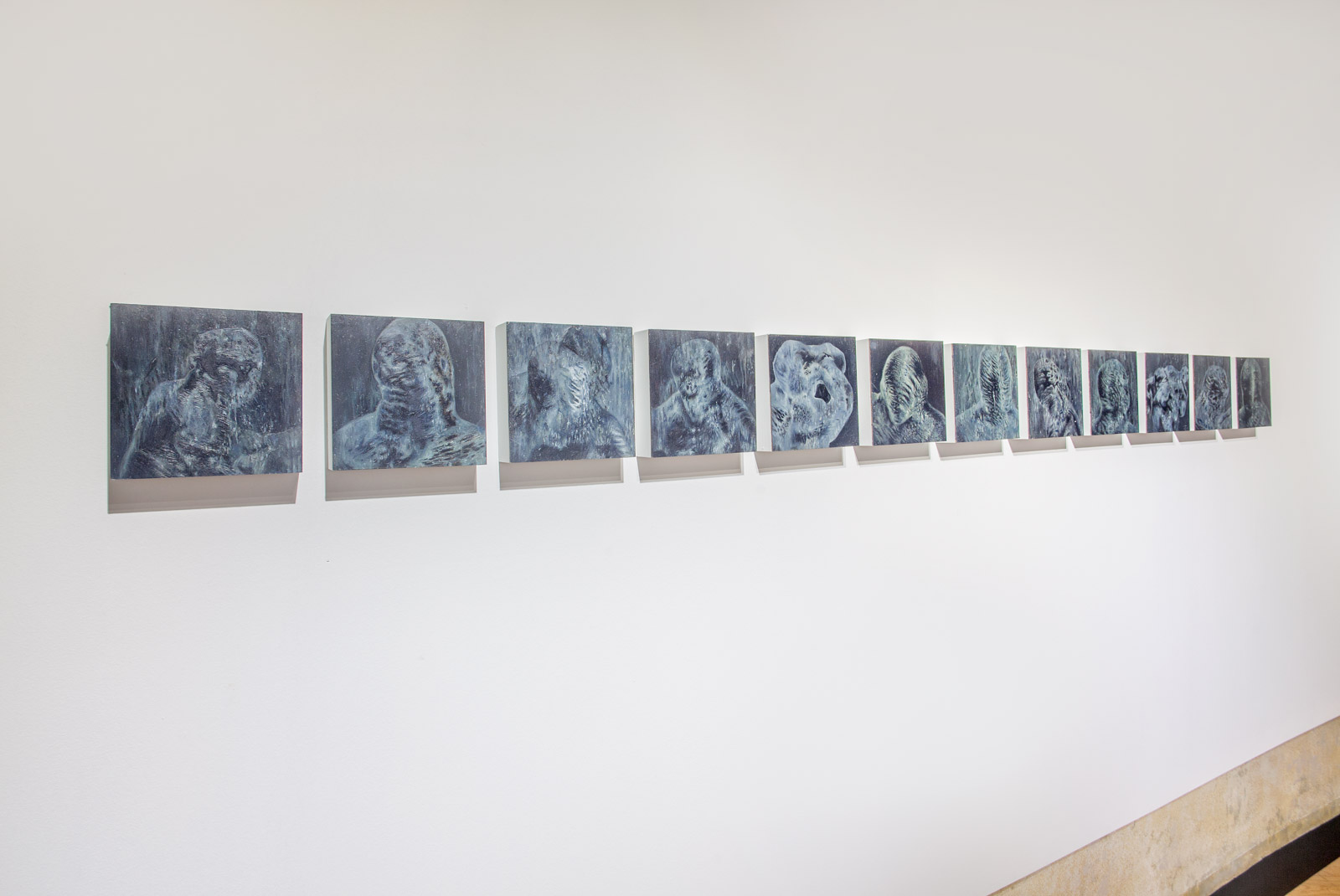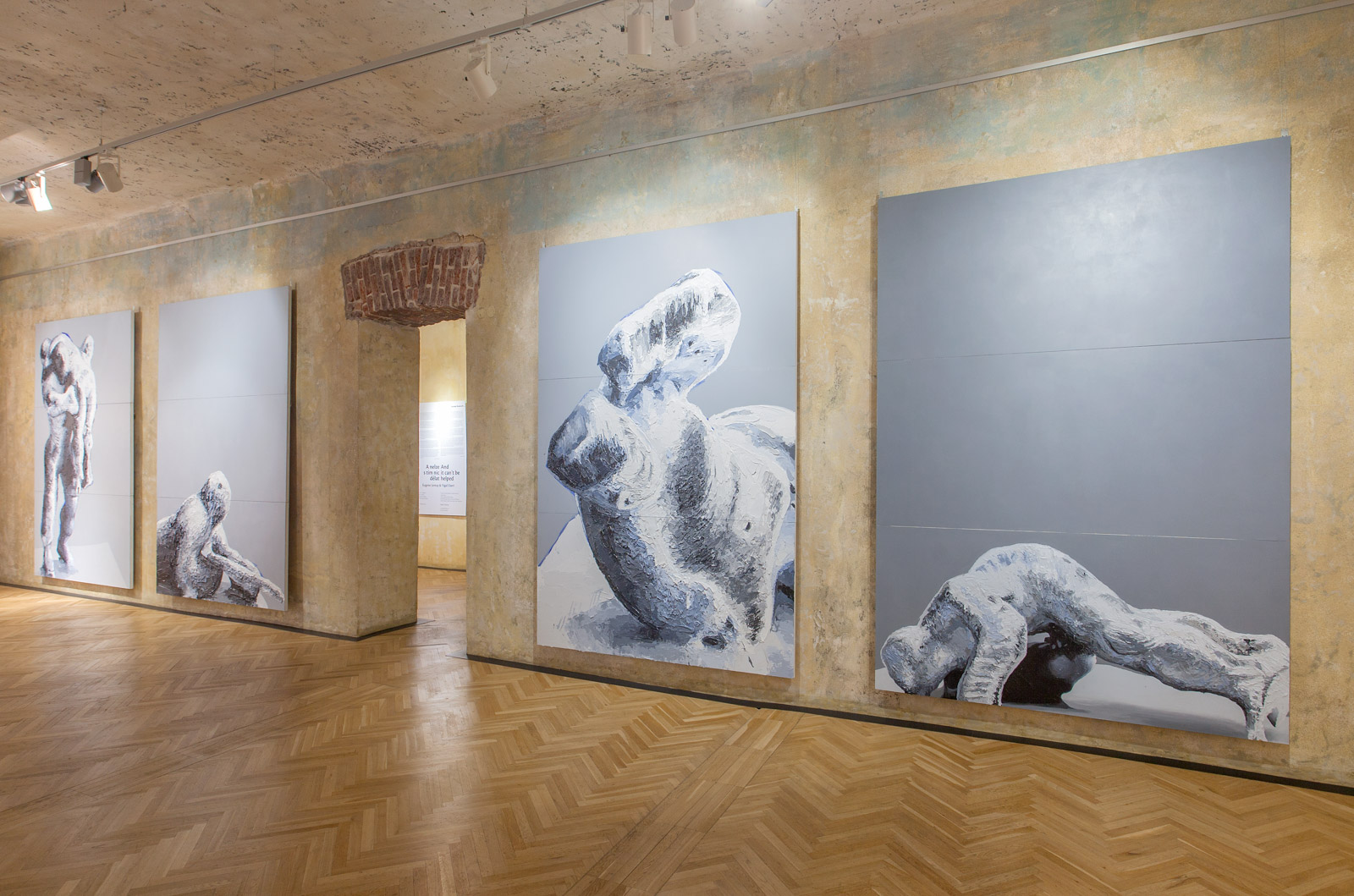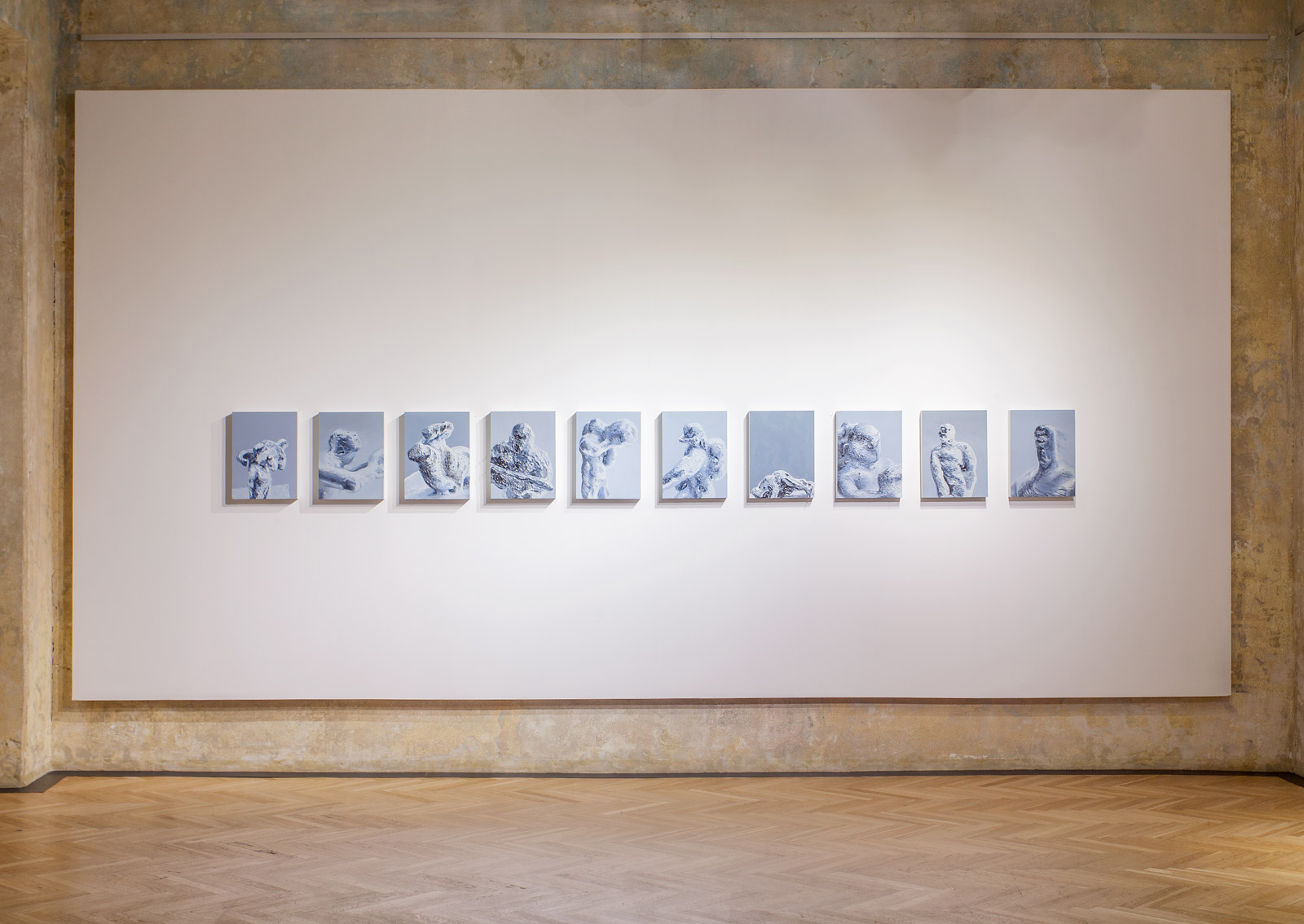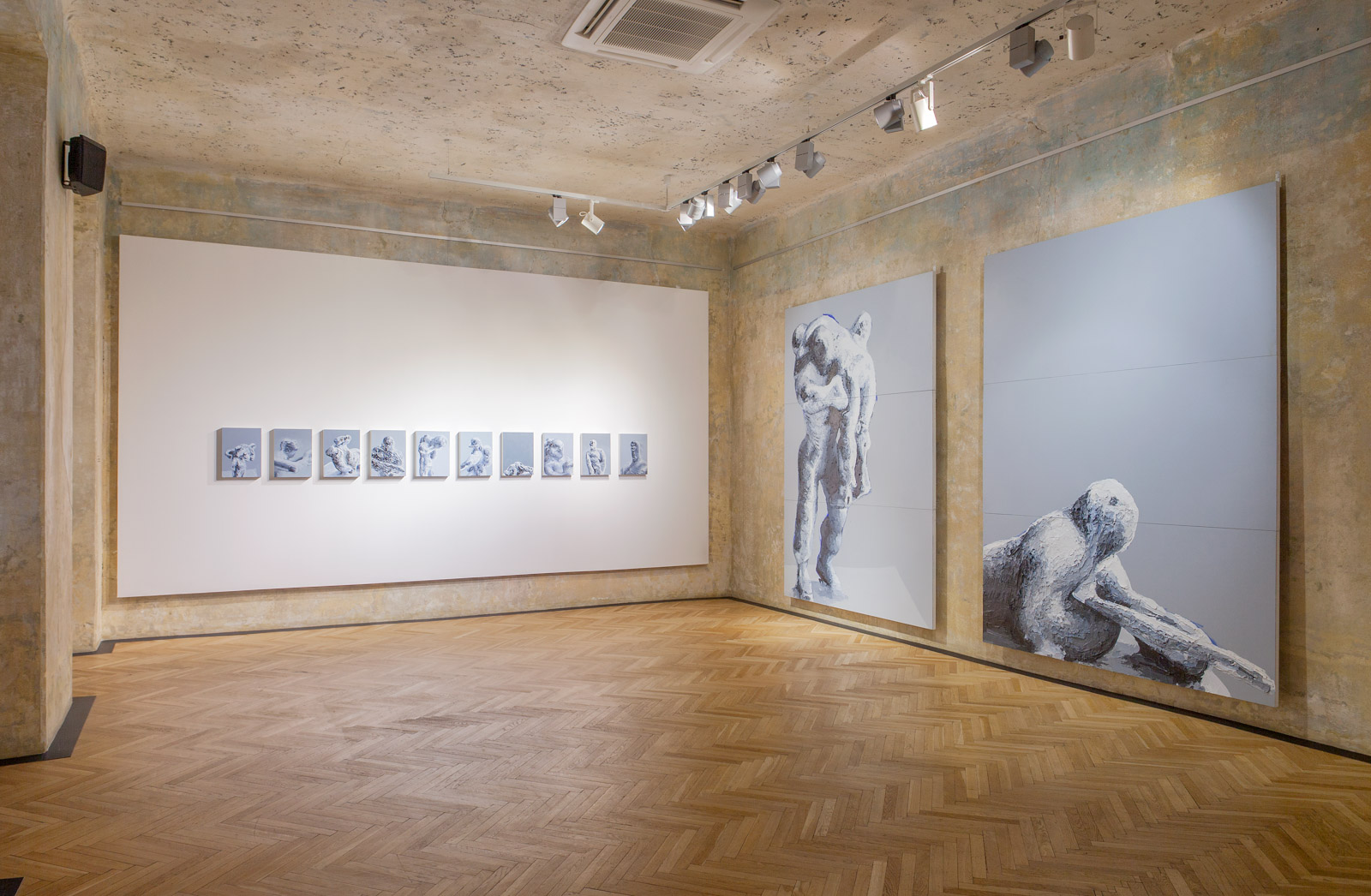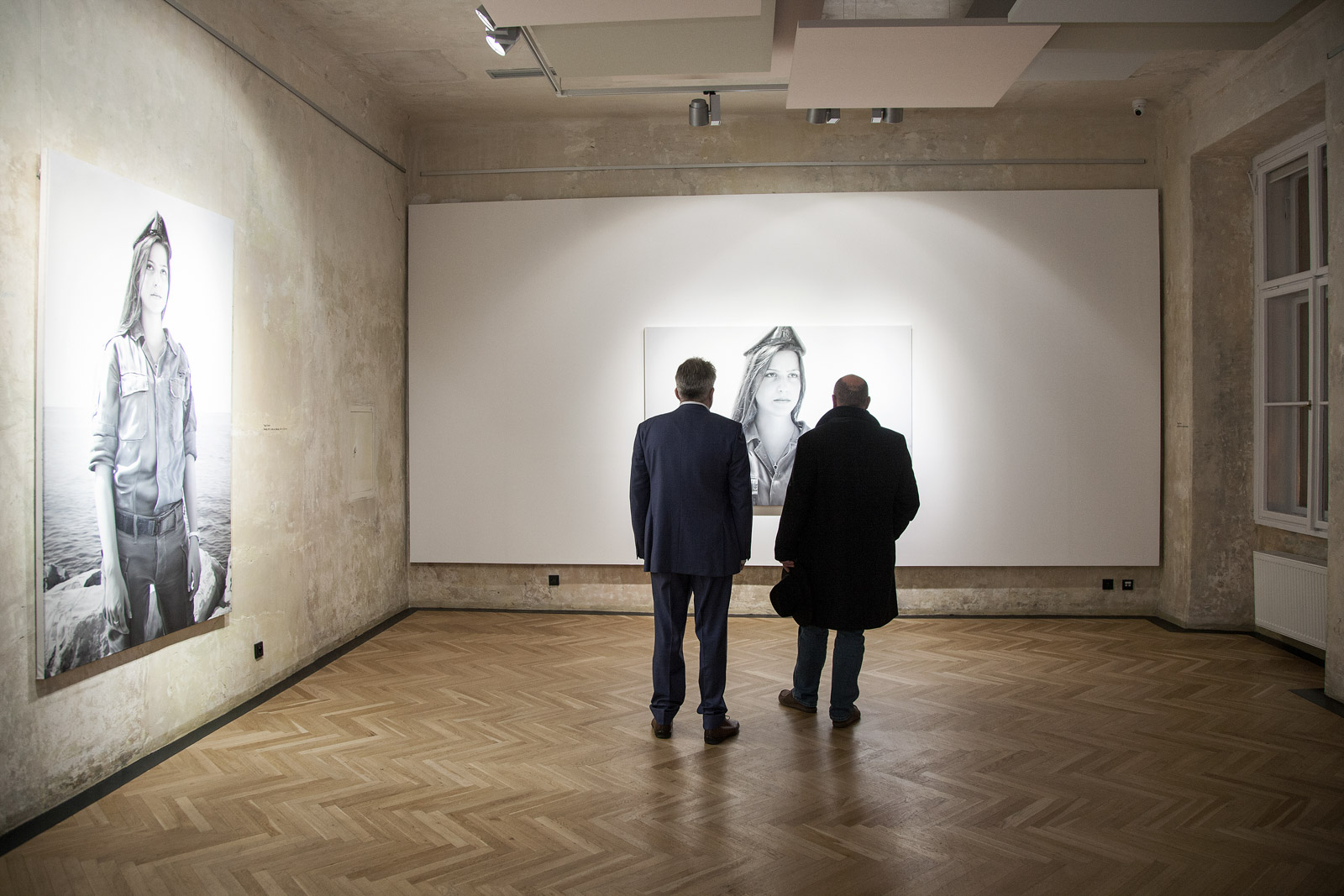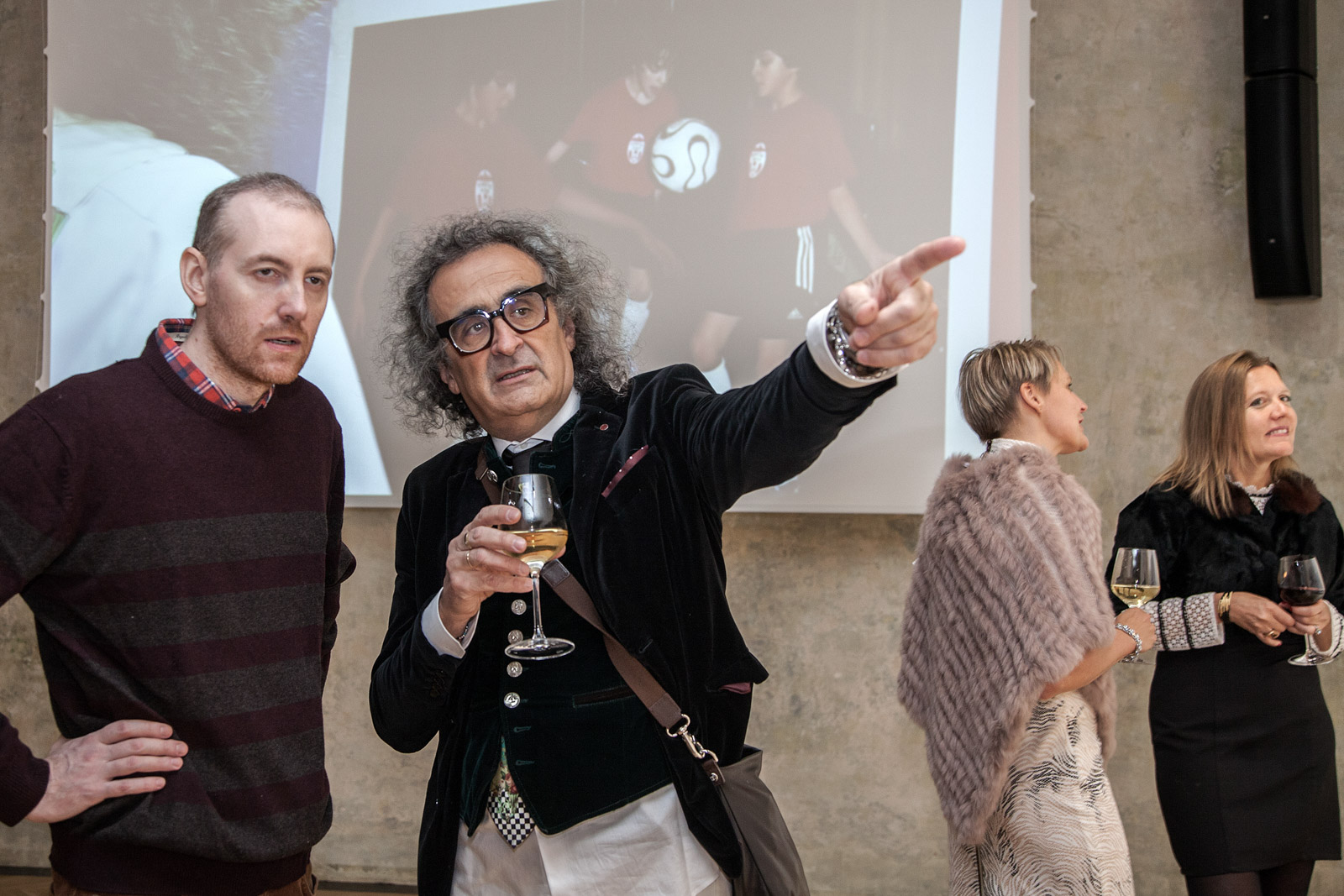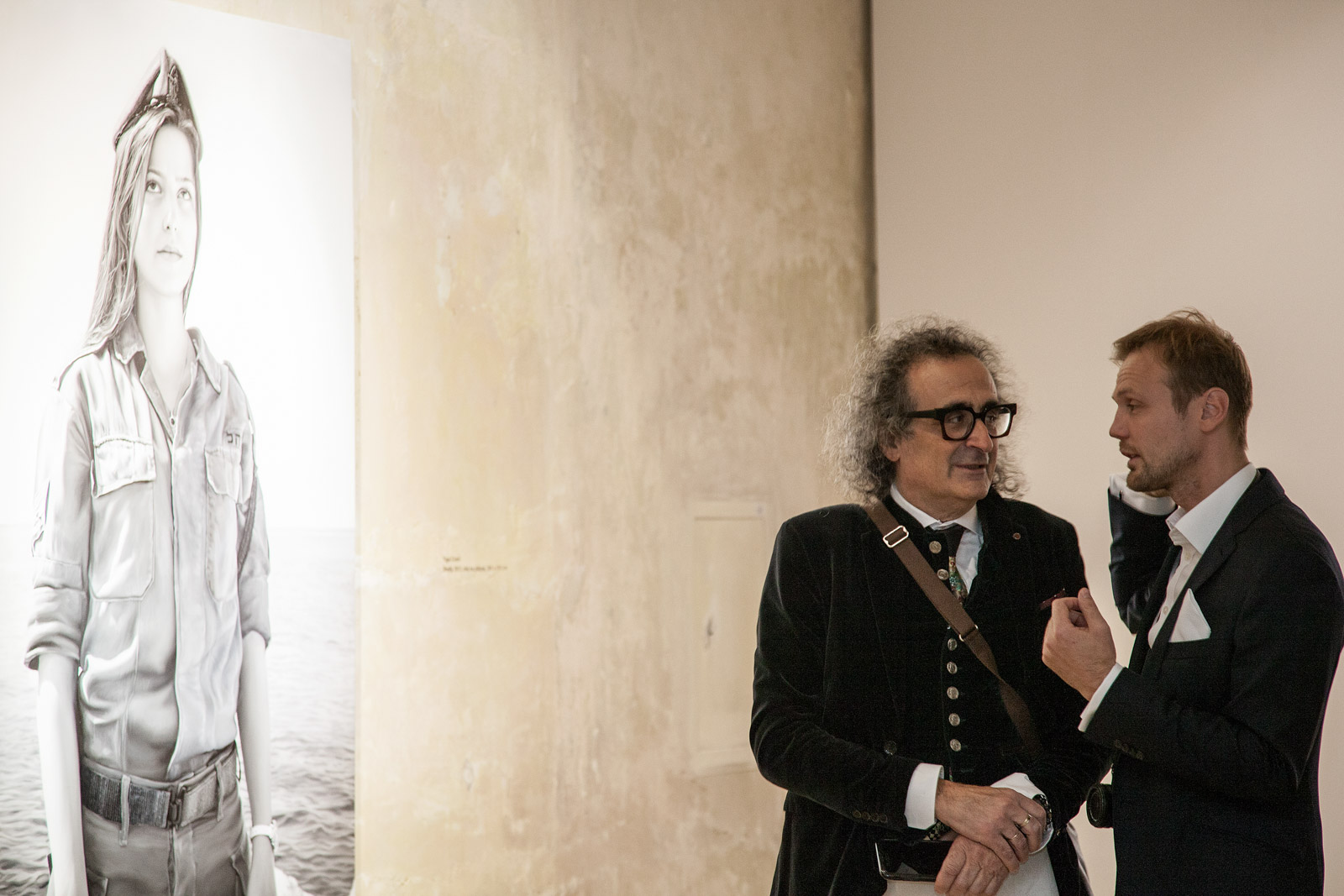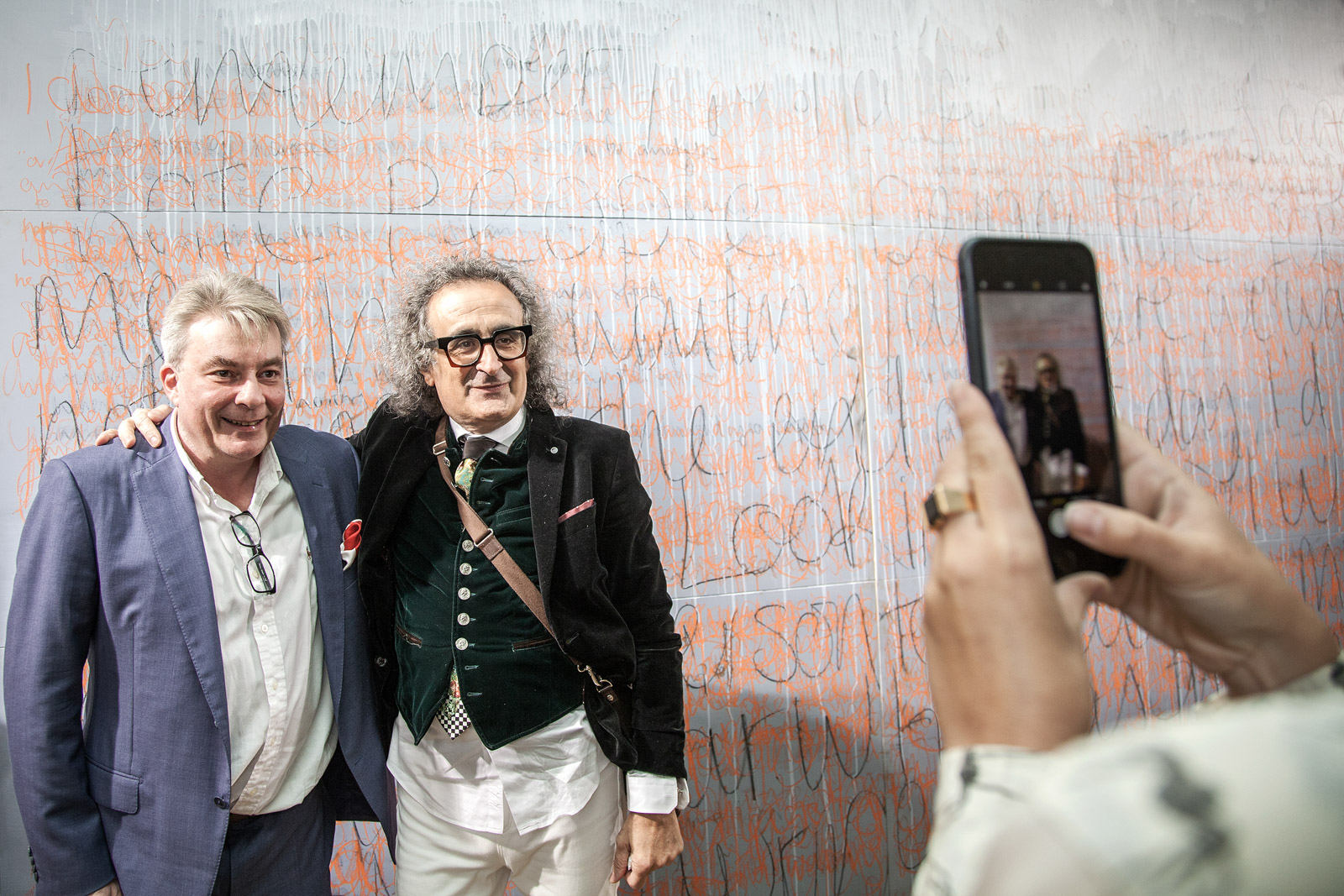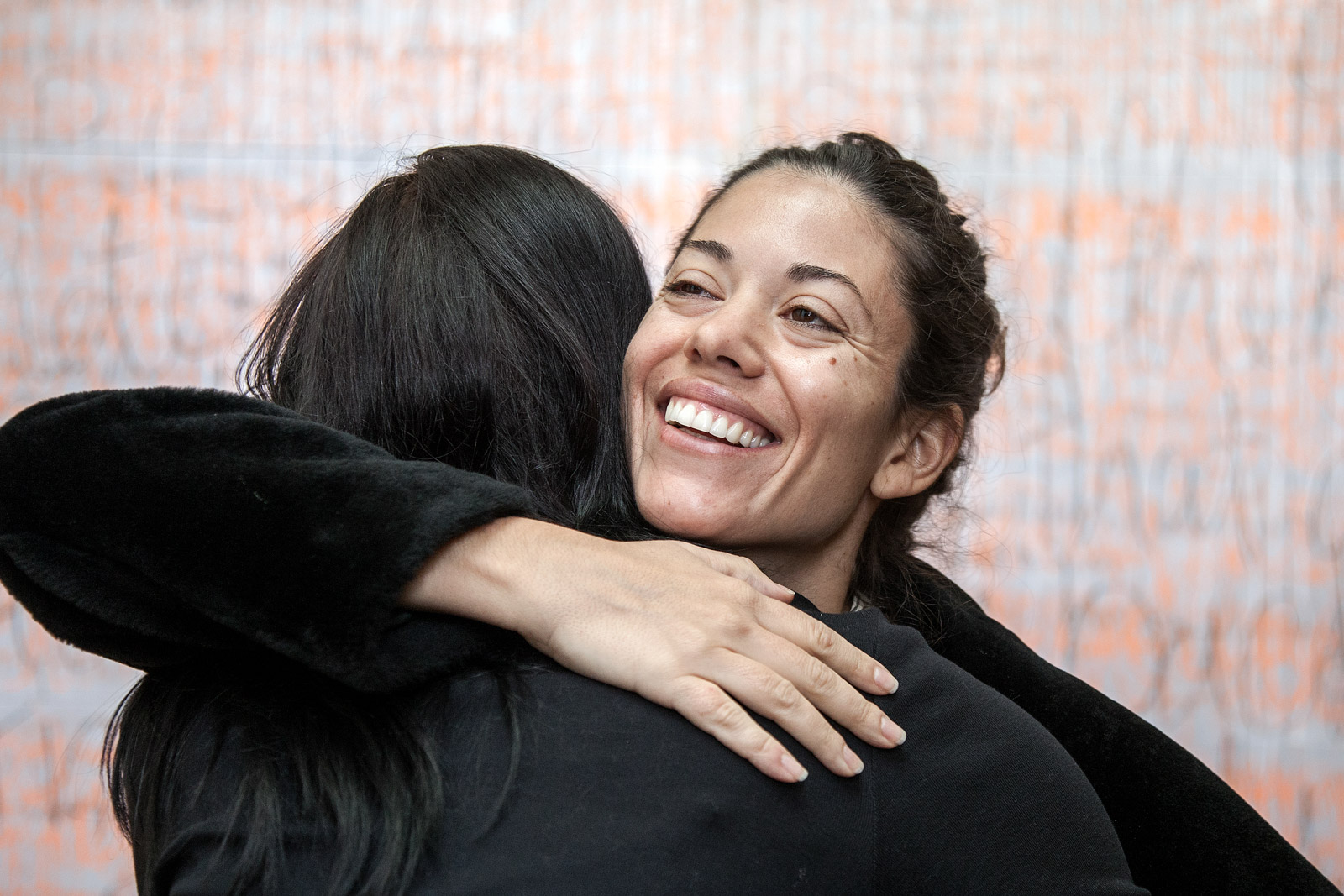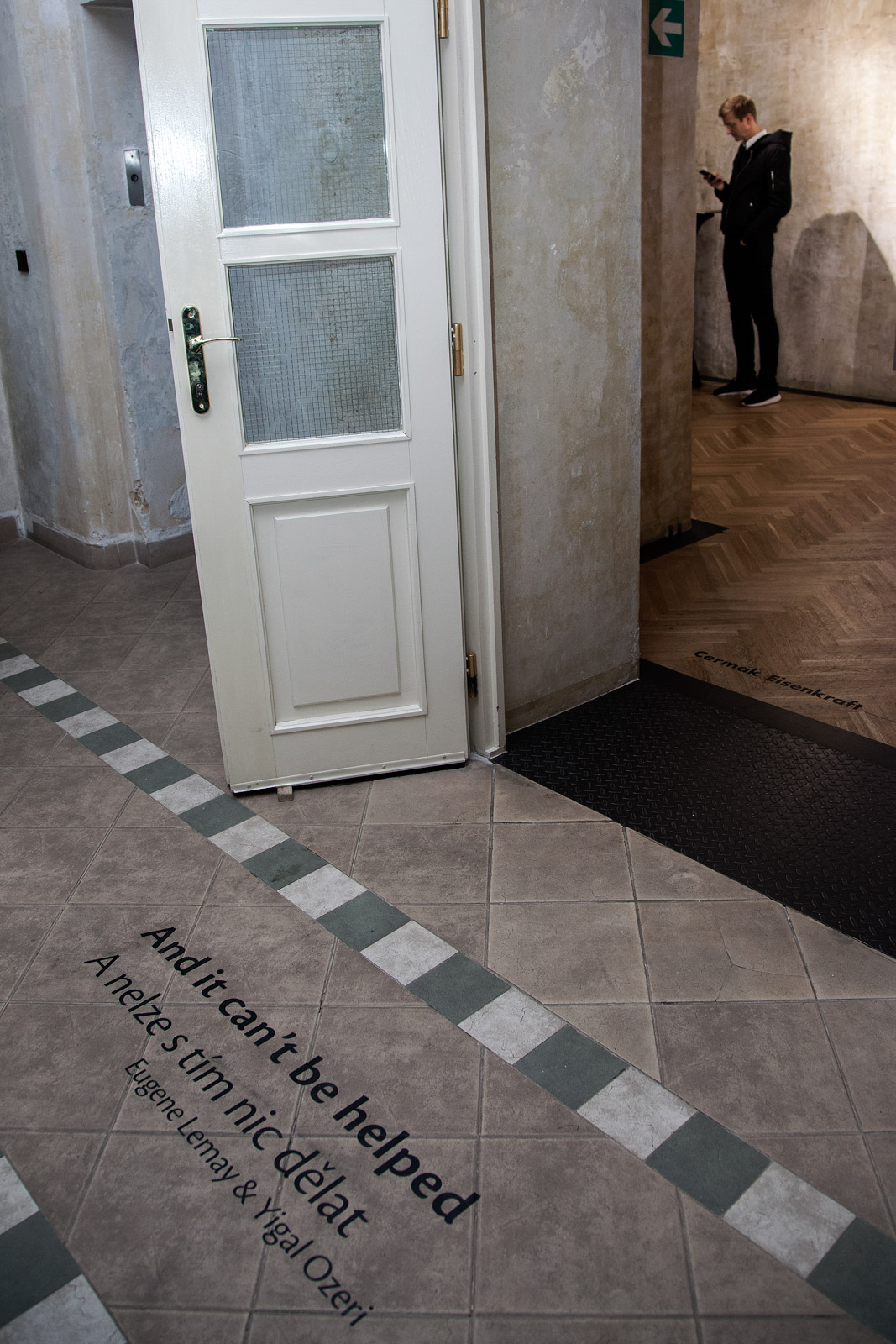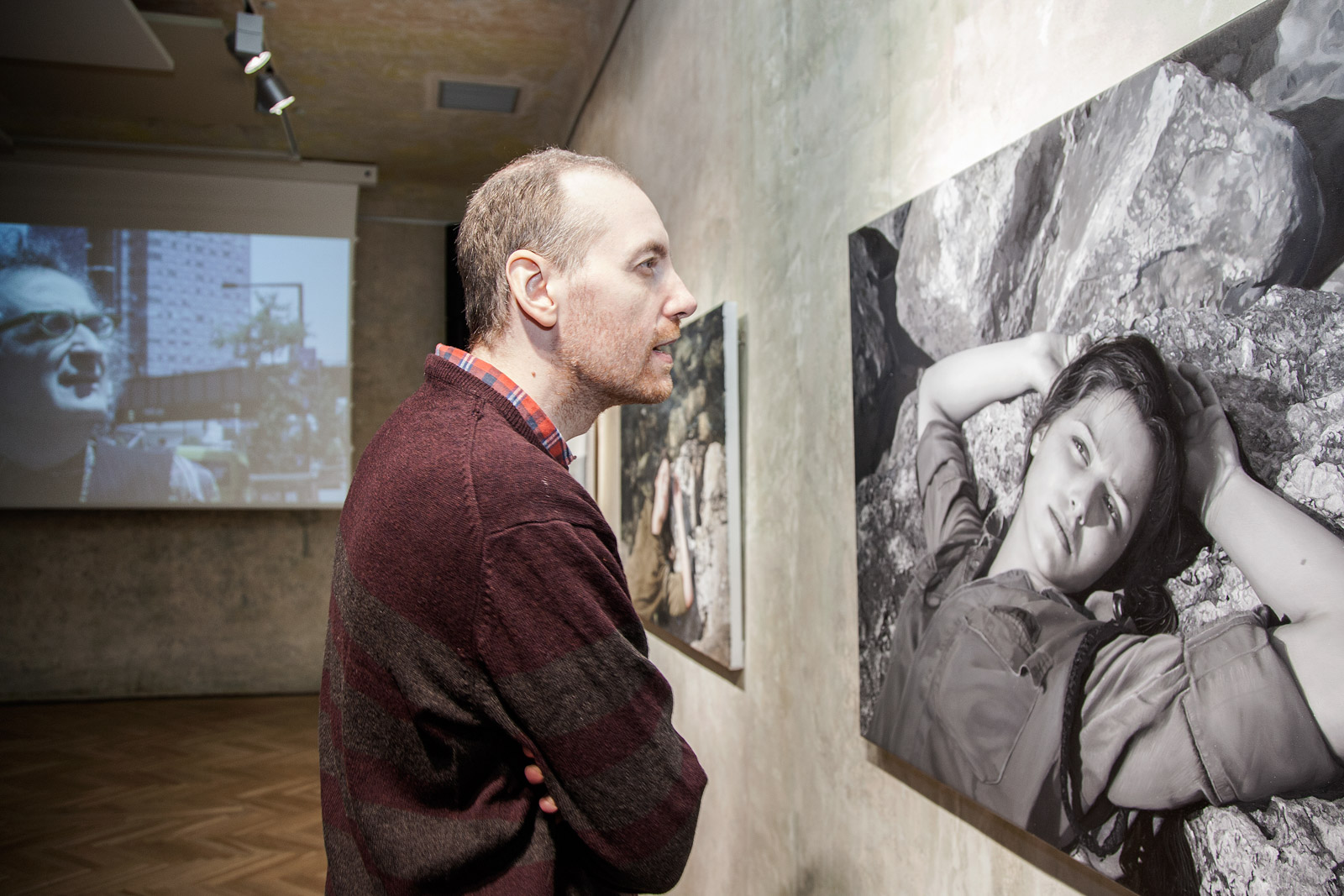And it can’t be helped - Eugene Lemay & Yigal Ozeri
And it can’t be helped - Eugene Lemay & Yigal Ozeri
16 / 11 / 2017 - 20 / 01 / 2018
Cermak Eisenkraft, Pop Up Gallery Smetanovo nabrezi 4.
Curator: Ysabel Pinyol
Authors: Tomáš Zapletal and David Železný
Texts for the exhibition: Alexandra Fowle, Eleanor Heartney, Phong Bui, Tomáš Zapletal, Ysabel Pinyol, Shear Ozeri, Yigal Ozeri
“Y no hay remedio (And it can't be helped) comes from one of the oldest and most comprehensive examples of art used as a language for protest. Depicting warfare intended for mass destruction, Goya’s engraving is one of eighty-two prints in the artist’s series, “Los Desastres de la Guerra” (“The Disasters of War”), a token of war, rendered with the artist’s hand, as it exists as a universal evil. Even as a universal evil, war is implicit to human existence—And it can’t be helped—but it is a subject historically probed and protested by artists. When it comes to war there are never answers, but only more questions.
Attitudes towards war vary from culture to culture, but as a condition for every culture, the act of killing is condemned in the civilian world and championed in the military world. With this, Eugene Lemay and Yigal Ozeri examine the social and psychological nature of war through artmaking. The difference, however, is in perception: Lemay offers a soldier’s perspective on war, while Ozeri comes from his place as an onlooker of another soldier’s accounts. Both viewpoints are equally valid in the pursuit to question with intensity the legitimacy of war.
With the dramatic shift in attitudes between killing as acceptable and necessary in the military versus killing as the most evil sin in civilian-hood, soldiers are forced to live two lives, or a double life: life as a soldier and life as a civilian, and there is no such thing as crossover between the two worlds of polarizing norms. As a soldier, social mores are unparalleled to those that civilians follow; as a soldier one is allowed to kill (and is expected to do so) in defense of one’s unit and country. If ever in conversation with a soldier, they will mostly likely refuse to speak of their experience and attitudes toward war with substance, if at all.
The world of the soldier versus the world of the civilian is a conflict of two identities, which often spawns identity crises and other conflicts in the mind that run ramped among those who have served. Placed side-by-side, yet isolated in their own spaces, Lemay and Ozeri offer two perspectives into the life of a soldier: one from the inside (Lemay) and one from the outside (Ozeri). Buried within each artist’s works, however, are personal connections and experiences that tell two stories, or two monologues, that reverberate off of one another and reveal a culminating theme of the double life and the moral debate of war as a human condition that must be reserved for only the most deadly threats to humankind.
And it can’t be helped is an exhibition of philosophical meditation on war’s detriments to the psyche of both soldiers and civilians. By presenting universal vulnerabilities that war induces over humanity by default, the works serve as a campaign for refusing complacency in times of war—it begs for investigation and moral reasoning of current and future wars, where we are to always protest war that is unjust (we have witnessed several wars in history, some morally necessary and some corruptly unjust). As with Goya centuries ago, art still serves as a reminder of our humanitarian responsibilities.”
Alexandra Fowle
Installation
|
Vernissage
|
